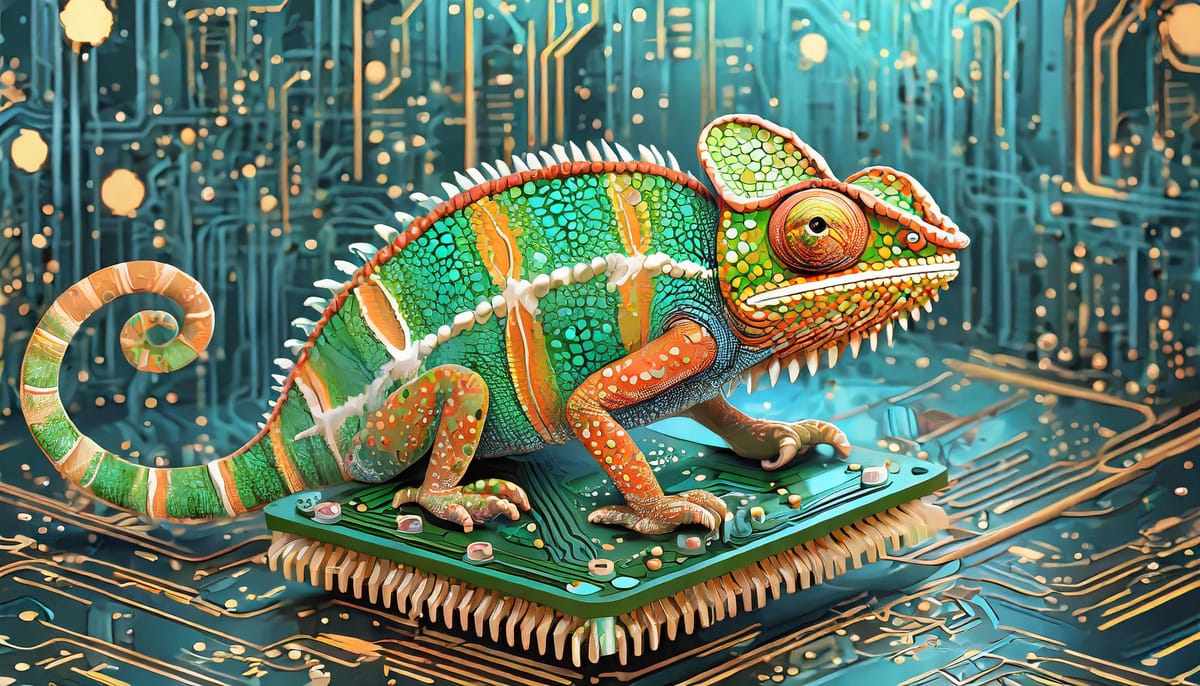The End Of Software: An Omni-Purpose AI Application
The AI revolution is not a software revolution, it is a hardware revolution. With a General-Purpose Application, AI could soon become the only interface between the user and the computer, making other software obsolete and heralding the end of the software era.

This is the author’s opinion only, not financial advice, and is intended for entertainment purposes only. The author holds a beneficial long position in NVIDIA Corporation. The author receives no compensation for writing this article and has no business relationship with any of the companies mentioned.
For most of us, interacting with computers means interacting with (multiple) software applications. Each of these applications has limited functionality and is designed for a more or less specific purpose - we cannot use a spreadsheet application to edit photos.
Modern computers, from smartphones to high-performance servers, are general-purpose machines that can, in principle, run almost any application imaginable. However, exploiting the inherent freedom of the underlying machine comes with an enormous complexity that (untrained) humans cannot handle. Even for experts, it wouldn't make sense to interact with a computer in programming or assembly language for common tasks, even though it means giving up degrees of freedom. We all depend on prewritten software, which is always a more or less successful compromise between maximum usability and minimum complexity by significantly reducing the degrees of freedom.
Dealing with complexity is a core task of computer science. To this end, programming paradigms, philosophies, and countless programming languages have been invented and are constantly being improved. The development and optimization of computers and programming languages follows a proven pattern: each new feature increases complexity. To deal with this, added details are hidden as much as possible and the new feature is abstracted, resulting in countless layers of abstraction between the syntax of a high-level programming language like Python and the basic electronic and electromagnetic components of the underlying machine. Each layer of abstraction reduces complexity at the expense of freedom. If you will, the input and output elements within a software application are the last layer of abstraction, and at best they allow for easy operation at the cost of losing almost all freedom: The user simply cannot use a spreadsheet application to edit photos. Software is therefore always only a small and limited sample of the universe of possibilities offered by a computer.
NVIDIA CEO Jensen Huang recently said that generative AI will make everyone a programmer because it will be the link between natural language and programming languages. After all, programming languages themselves are just a link between human language and machine language. Why would AI still need such a middleman? In the future, AI could replace both programming languages and software applications, becoming the only interface between the user and the machine. If AI could efficiently translate any task or problem formulated in human language into machine language, why would we need software? AI could then dynamically and simultaneously generate an interface (graphical, acoustic, or even haptic) as it interacts with the user. Instead of rigid software applications, we would interact with a fluid mirror of our imagination that adapts to our needs in real time. At the forefront of the AI revolution, great efforts are currently being made to develop Artificial General Intelligence (AGI) - an AI that can reason, plan, and learn like a human, or even better. But before that, wouldn't the next logical step be an AI that could take over everything we already use computers for? Let's call this an Omni-Purpose Application.
Today, great Large Language Models (LLMs) are developed in many different places by many different teams. They all have one thing in common: the limits of what is possible are set by state-of-the-art hardware. So it's not surprising that the performance of commercial and open source generative AI models is already remarkably similar, given that they're almost all running on the same NVIDIA chips (specifically the H100). Perhaps the AI revolution is not a software revolution, but a hardware revolution. It is no coincidence that the most important AI conference, the NVIDIA GTC, is organized by the leading manufacturer of the chips needed for AI. In less than two days, Jensen Huang will most likely unveil the next generation of GPU chips that will push the boundaries of AI in the near future. Once the hardware is available, the emergence of an Omni-Purpose Application would be only the next logical step in the breathtakingly fast AI revolution. It would mark the end of the software era. Surprisingly, it was Deutsche Telekom, not a company widely known as a leader in innovation, that already introduced the visionary concept of an app-free AI phone with chipmaker Qualcomm back in February. Is this already the beginning of the end of software?




